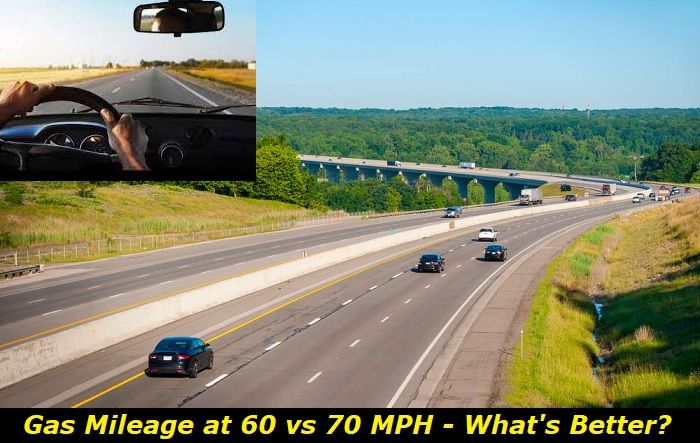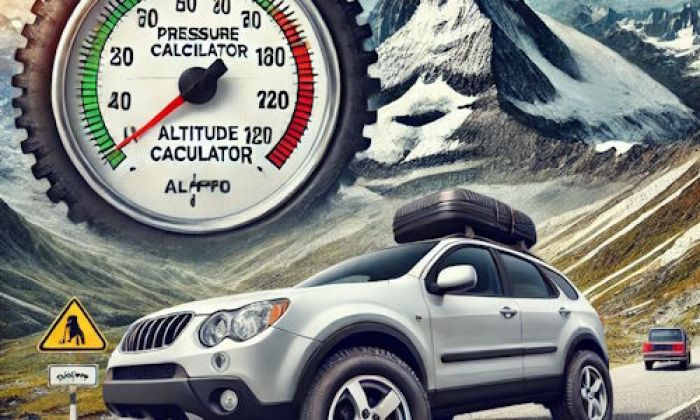Your car has countless parts and systems, and for it to operate efficiently, each part has to perform optimally. There are instances when your car can shake when accelerating at around 40 mph. The vehicle feels unstable, making the ride uncomfortable for the driver and the passengers.
Engine vibrations highlights
- Level of importance:Low
- Commonreasons:Misfiring, engine damage, transmission problems, drive shafts problems
- DIY inspection:Extremely complicated
- DIY repair:Impossible
- Price for repair:$500 - $1,000
- Can you drive?In most cases, yes
- Ways to fix:Only professional repair ispossible,in most cases

Why the car shakes when accelerating, and what to do
1) Tires are unbalanced
Replacing all the wheels should be followed up with wheel balancing. Such new tires are unbalanced and will cause the car to shake whenever you accelerate. New tires are unbalanced because the vehicle's weight is unevenly distributed. These slight imbalances cause the car to vibrate and shake at higher speeds.
When the inner wheel parts are worked on, it is necessary to conduct wheel balancing for your car. When worked on, parts such as the stabilizer bar bushing, upper control arm, stabilizer bar, or trailing arm bushing should be followed up with a wheel balancing exercise. This problem can also be caused when one of the adhesive wheel weights falls off.
Solution
If the wheels are the ones causing the car to shake when you accelerate, the solution is to take it to a balancing machine.
2) Loose lug nuts
Loose lug nuts are the most likely culprits whenever your car shakes when accelerating. Every seasoned driver will fall victim to this problem at one point or another. You might have a flat tire at night, and because of feeling unsafe or are in a hurry to continue with the journey, you forget to torque the nuts. If not fastened properly, the lug nuts loosen over time, and this causes shaking.
Untightened lug nuts pose a danger to you and other road users. They can loosen over time and even come off, causing the wheel to come off as you drive.
Solution
Invest in a torque wrench that helps you tighten the lug nuts as required. If you don't have a torque wrench, ensure you tighten the lug nuts as your user manual prescribes. You can then have the nuts torqued at the nearest service station.
3) Faulty inner CV joint
A CV joint, or the constant-velocity joint, is a mechanical joint that lets the drive shaft transmit power via a variable angle at constant rotational speed while ensuring there is no additional play or friction. The CV joint is found at the end of the axle.
A malfunction of the axle will make the car shake under acceleration. If not attended to soon, the shaking and the vibrations increase, especially when the car is loaded. Wear and tear of the joint boot usually cause damage to the CV joint. Dirt and water entering the boot contaminate the grease protecting the splines. This causes friction and the wearing off of the moving parts.
Solution
A damaged CV joint should be replaced as soon as possible. An OBD II should help you pinpoint the problem. The services of a professional mechanic are required when replacing or working on a CV joint.
4) Worn-out spark plugs
Old or dirty spark plugs result in uneven fuel burning in the engine. This results in loud noise and vibrations of the engine. These are transferred to the body of the vehicle. Old or dirty spark plugs are usually associated with car vibrations when idling. However, you can also experience vibrations when accelerating at low speeds.
Solution
Once you run the diagnostics test, you should have an easy time knowing it is the spark plugs that are faulty. Spark plugs are supposed to be replaced regularly. The user manual has outlined when you should replace spark plugs. Replacing spark plugs is easy and shouldn't cost you much. Remember, minor misfires in the engine caused by faulty spark plugs cause lagging of the car, poor fuel efficiency, and general engine deterioration.
5) Stuck brake caliper
One of the components of a car wheel is the brake caliper. The caliper will slide back and forth on the pins and acts as a clamp. Whenever you apply the brakes, the wheel piston pushes the brake pad toward the inboard side of the wheel disc. The caliper is left floating, then slides on the pins and presses on the outboard pad against the disc. This initiates the braking action.
If the brake caliper gets stuck, your car will vibrate when accelerating. The steering wheel will start shaking when you reach 40 or 50 mph. These vibrations will worsen as you accelerate more. The caliper, which will be grinding against the other wheel parts, will produce a burning odor which can be detected when the vehicle comes to a stop.
Solution
Identifying the affected wheel is easy. Use your nose and identify the wheel that smells after you park the car. In most instances, cleaning and lubricating the brake parts are all that is needed. Check the brake system thoroughly to ensure you identify all the damaged parts. Such damaged parts should be replaced.
6) Worn-out engine mounts
Engine or motor mounts are parts designed to secure the engine and the transmission to the car's subframe. The mounts are meant to absorb vibrations, shakes, and shock making the driver and passenger experience comfortable.
When motor mounts are worn out, you will notice a lot of vibrations and shaking when accelerating. You may also notice a violent lurch whenever the car starts moving and some noise. The mounts are made of very tough rubber.
Solution
The engine becomes misaligned when the motor mount breaks or is worn out. If it goes unattended, severe damage can happen, costing you thousands of dollars. Not replacing a motor mount soon enough will lead to the other mounts breaking down because they can't handle the vehicle's weight.
7) Driveshaft is bent
The driveshaft of the car is also called the propeller shaft. Its purpose is to deliver torque from the transmission to the differential. The torque is further transmitted onto the wheels making the vehicle move. A rear-wheel car often has a long driveshaft connecting the rear axle with the transmission, generally found at the front.
When the driveshaft is bent, the vehicle will shake when you are accelerating. The shaking can be noticed at low speeds and worsens as you increase speed. Driveshafts rarely get bent, but if yours is bent, it is probably after an accident.
Solution
A driveshaft is critical in the proper operation of the car. Repairing it to its original form is almost impossible. The best way to deal with a bent driveshaft is to replace it as soon as possible.
8) The vacuum hose is disconnected or damaged
The vacuum hoses are designed to maintain the right pressure within the engine. These vacuum hoses ensure the air, fuel, and spark plug work harmoniously, making the combustion process happen as intended. A damaged vacuum hose will make the whole combustion process go haywire because of the pressure loss. The car will vibrate vigorously when the vacuum hose is torn or disconnected.
Solution
A disconnected or torn hose vacuum hose can easily be reattached using small clamps. If the vacuum hose is torn, replacement is the only lasting option to go for. Some car owners opt to replace the entire vacuum hose with more robust silicon vacuum hoses.
9) A bent axle
An axle rod, or axle as commonly called, is a shaft connecting any pair of wheels. It retains the position of each of the two wheels in relation to each other. It is the axle that receives torque from the engine, and it then rotates the wheels. A bent axle causes the vehicle to vibrate, which worsens at higher speeds.
Solution
A bent axle, if neglected, can lead to more serious problems. Replace a bent axle as soon as possible. Accidentally hitting a large rock or curb or getting involved in an accident can cause the axle to bend.
Conclusion
A shaking vehicle is uncomfortable and will worry even the most apathetic driver or passenger. The shakes, as discovered above, are a symptom of something else which can be severe. The best way to handle a vibrating or shaking vehicle when you accelerate is to diagnose it step by step.
An observant driver will find the most appropriate solution. In some cases, unequal pressure in the tires will cause the vehicle to vibrate. A bump in a tire will cause it to wiggle as it rotates, making the car shake. Some of these causes can be solved in a matter of minutes by the driver, but if left unsolved can cause serious damage to the car and pose a safety risk to you and other road users.
About the authors
The CarAraC research team is composed of seasoned auto mechanics and automotive industry professionals, including individuals with advanced degrees and certifications in their field. Our team members boast prestigious credentials, reflecting their extensive knowledge and skills. These qualifications include: IMI: Institute of the Motor Industry, ASE-Certified Master Automobile Technicians; Coventry University, Graduate of MA in Automotive Journalism; Politecnico di Torino, Italy, MS Automotive Engineering; Ss. Cyril and Methodius University in Skopje, Mechanical University in Skopje; TOC Automotive College; DHA Suffa University, Department of Mechanical Engineering






Add comment